 Scribe marks that appear on many boards throughout the house. Scribe marks that appear on many boards throughout the house. The Tilden House has been thoroughly explored over the last several years. In order to prepare for the preservation, several walls were opened to gauge the extent of work needed to re-work the structure. Along the way there have been some wonderful surprises. Early on in the exploration of the house, inside a small closet - and hidden from view we found that someone had written in chalk the date 5 July 1791. Whose hand scrawled the date, and the significance is yet unknown, but as in all mysteries it's nice to wonder about this newly discovered moment in the house's history. There are other new discoveries that reinforced older theories about the house. The windows are one example. In an effort to decide what kind of window to install as part of this project, we needed an accurate count and style. There is only one window that exists that can be considered "old." And, we have four partial windows - mostly frames and not the sashes that date to the late 18th to mid 19th century. In opening and rebuilding the walls of the structure we found several instances of rising braces. Rising and falling braces are classic timber frame elements of a joint that fortifies the frame by resisting movement in a certain direction. The braces attach to the corner posts, and when evidence is found, we can tell that they would have joined the upper plate in a certain place, thus there would not have been a window cut through the brace. In at least four cases, we are eliminating modern window openings in order to give the house a chance to be interpreted more accurately to its 18th and early 19th century heritage. But, perhaps the most charming discovery was that of the clay marbles. When the team was removing the ceiling on the first floor of the parlor. As the plaster ceiling was removed, little clay marbles began raining down to the floor. What was most perplexing was the fact that they were all found within a single sets of floor joists. Upon closer examination we found a small hall in the second floor bedroom floorboards. Mystery solved, a small child sat in that bedroom shooting marbles across the floor - aiming for a quarter-sized hole - thus dropping the marbles out of sight for decades. The best part of discovery is the conjecture and theories that are developed surrounding the findings. On many of the sheathing boards we have found the same scribed mark etched throughout the house. It is a large X III with a hash mark at times. The fact that we are finding it all over the house, on a house that must have been re-sheathed at some point leads us to believe that we may have found marks from the local water-powered saw mill that cut the boards. We have even found them on the beams in the basement. These may have been used to tally and pay for materials, and may have some significance if we ever discover them in another local house near the same period. The boards are rough and show evidence that the source was a water powered sawmill. In all cases, the marks are roughly consistent throughout. And, in a few places we see a red crayon X nearby that may indicate a tally - as if to say "this board has been paid for." As we move closer to the completion of Phase I, the structure is strong again. We have begun the process of choosing a stain for the building. Yes, it will indeed be Tilden Red. And, we believe we have the means for a wooden roof - which will be a fantastic element that harkens to the white cedar originally on the house and likely sourced from the Ponkapoag natives who cut and sold cedar shingles from the great cedar swamp. Last week we received a generous donation from a friend of the project that helps us sustain the work and further validates the project. Stay tuned for more great discoveries as we begin to button up the house for the approaching season. Perhaps we will shoot some marbles.
2 Comments
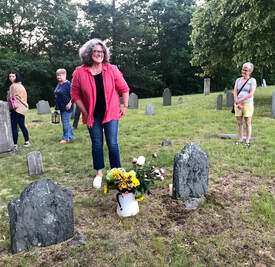 Karen Tilden at the graves of her ancestors. Karen Tilden at the graves of her ancestors. David Tilden died on July 3, 1756 and was buried in the Canton Corner Cemetery. This past week, several of us gathered at the gate to the cemetery to walk in unison to his resting spot. As the sun set, our lanterns cast long shadows across the grassy path. Arriving at his grave, we gave thanks to both David and Abigail Tilden. Buried side by side and three years apart, the slate head and foot stones so delicately carved have been well preserved. We lay flowers and in tribute we talked about how wonderful it is to share the history of the town in such a meaningful way. What made this impromptu ceremony so wonderful was the presence of Karen Tilden, the 7th great granddaughter of David and Abigail. There has always been a strong spirt among the people connected to this house. Having Karen with us is proof that the lineage in America is a vital part of the story we are sharing. Karen Tilden pledged her support and has been following the project for several years. It was so amazing to have a direct descendant with us at the graves. That same evening, we adjourned to the Tilden House and had lemonade and molasses cookies. Everyone got a chance to walk around the house and marvel at the work being done to preserve this place. Things are moving faster these days. Just about the entire structure has been fortified with new oak beams. Pine sheathing is being stitched into the walls in advance of the clapboard and shingles. The pine is at a minimum 18" wide, and it's wonderful to see the new wide boards begin to close up the walls. The place smells fresh, newly sawn wood has a scent that hangs in the summer air around the entire site. People passing by now applaud the vision to save this building and can see in a tangible way the beauty of the form of the timber frame construction. Finally, the carpenters are addressing the most difficult part of the project, the rear lean-to addition. The lean-to was probably connected to the north elevation in the late 18th or early 19th c.. By its crudely chamfered structural elements which recall 17th c. building techniques, it appears to predate the main house and may even be the house which records tell us was on the property at the time Tilden leased the land - the house of Jabez Searle. We think now that its height and width appear to have been cut down in size. This is the part of the building that nearly derailed the project two years ago. At that time it appeared that we may have had to demolish this section and rebuild a replica in place of the original. In order to save this part of the structure, the structural engineer devised a series of "SIP" (structural insulated panels) walls that would encase the original walls and literally entomb the artifacts of the walls. No one really liked the idea of SIP walls and while costly, they wold prove to be a cumbersome part of the project. Gerry O'Doherty, our preservation carpenter left that work for last. After much to-and-fro, the decision was made to rebuild and reframe. The walls, which show three layers of plaster and wallpaper are very important and will be sandwiched carefully and held to create an interior exhibit that showcases the techniques used to create lathe interiors. Once this section is addressed structurally, the remaining elements are the windows and doors, siding, roof and some chimney work. Things are starting to really take shape. Phase I has been blessed by glorious weather, talented craftsmen and the ever-present spirit of David Tilden. |
Preservation BlogThe behind the scenes look at the preservation of this historic structure. Archives
July 2022
Categories |
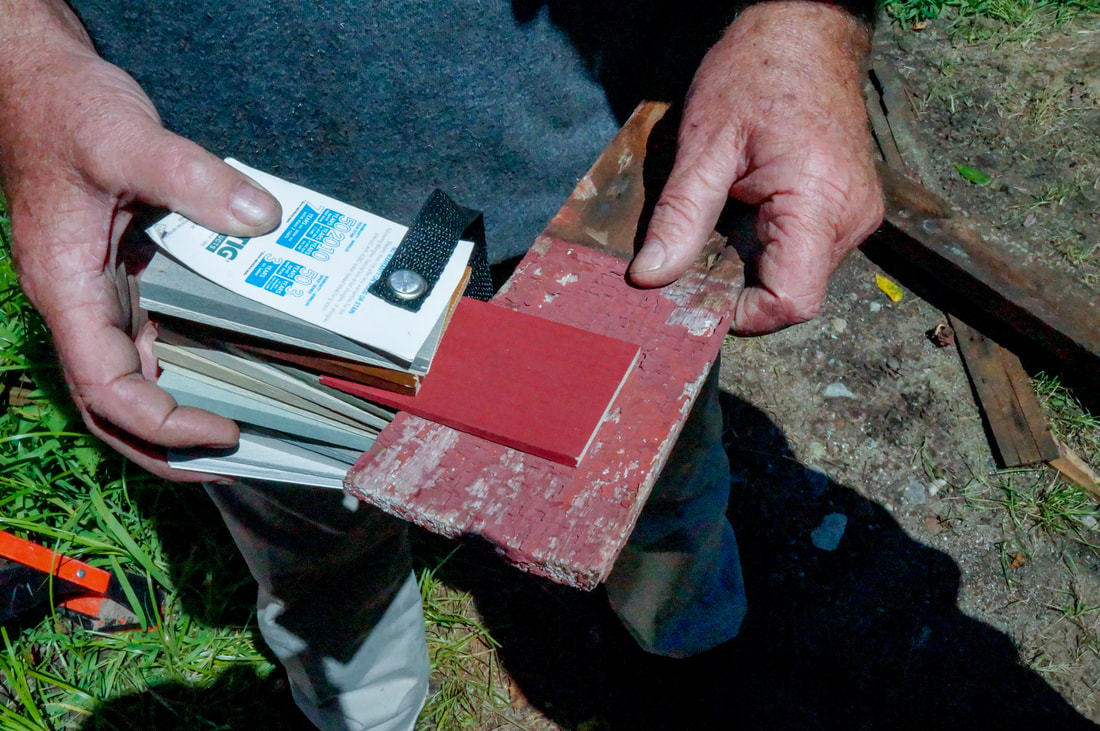
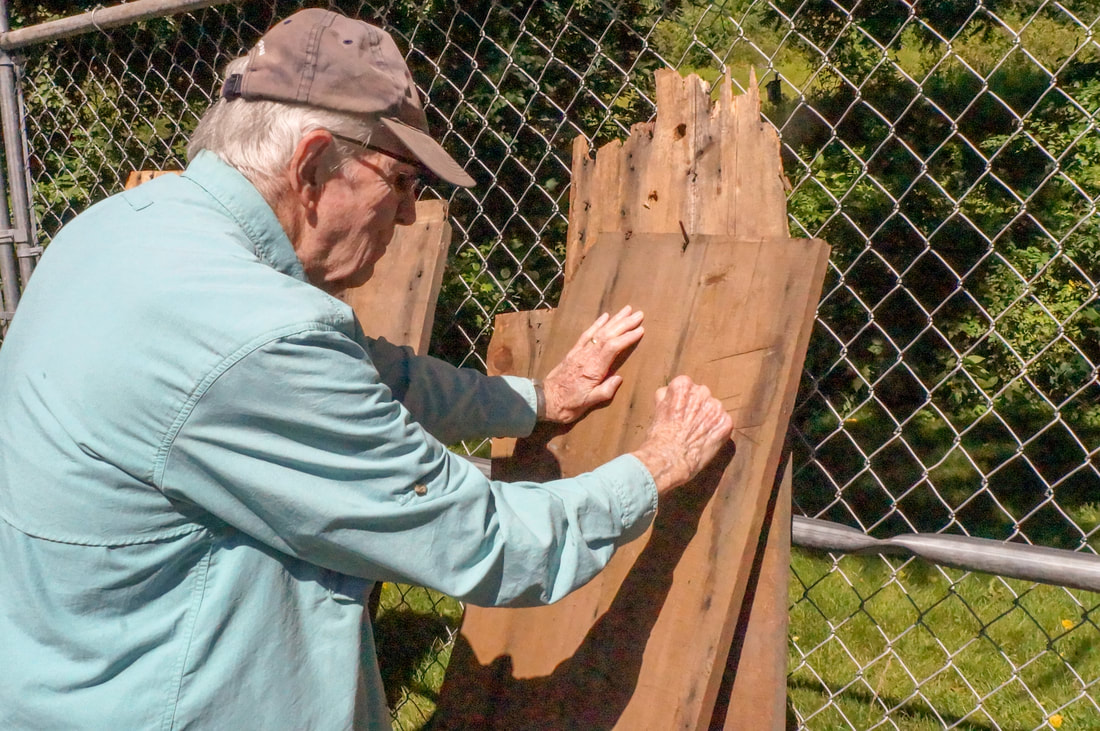

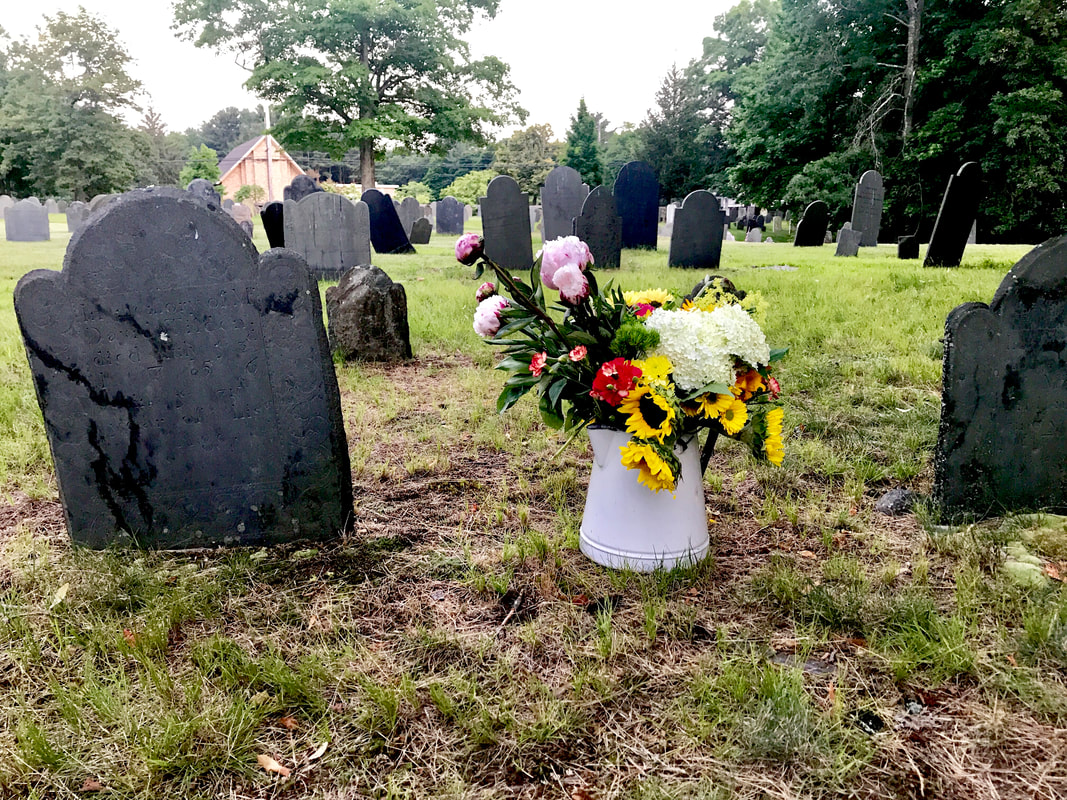
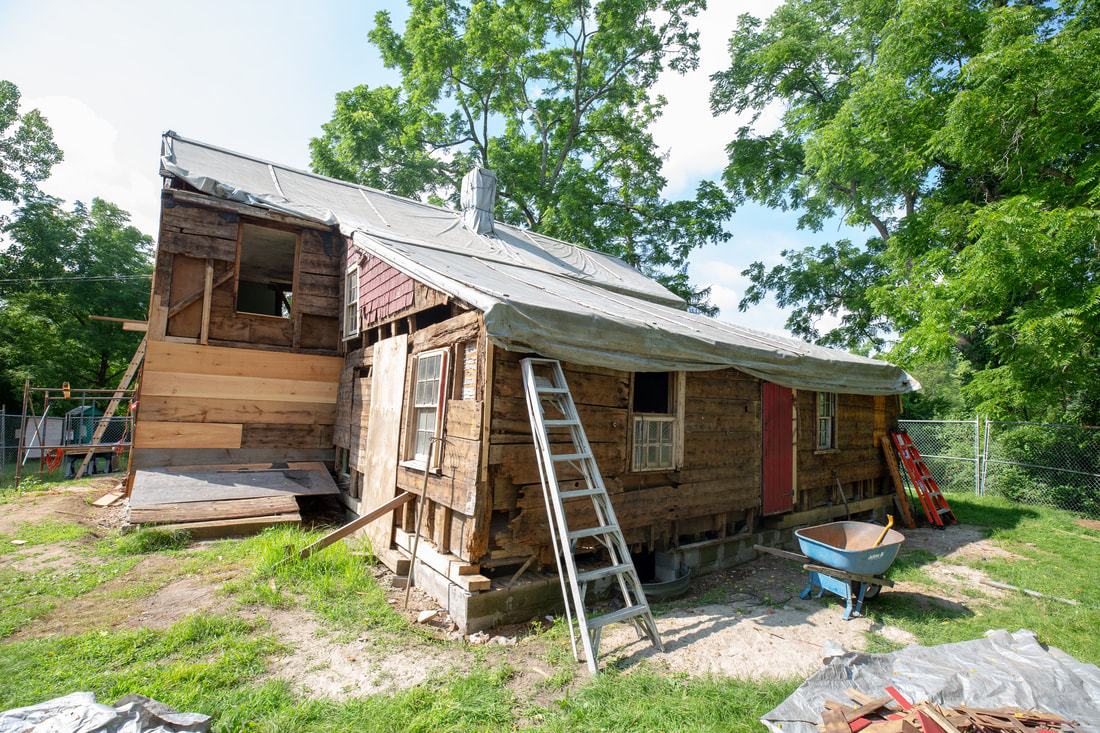

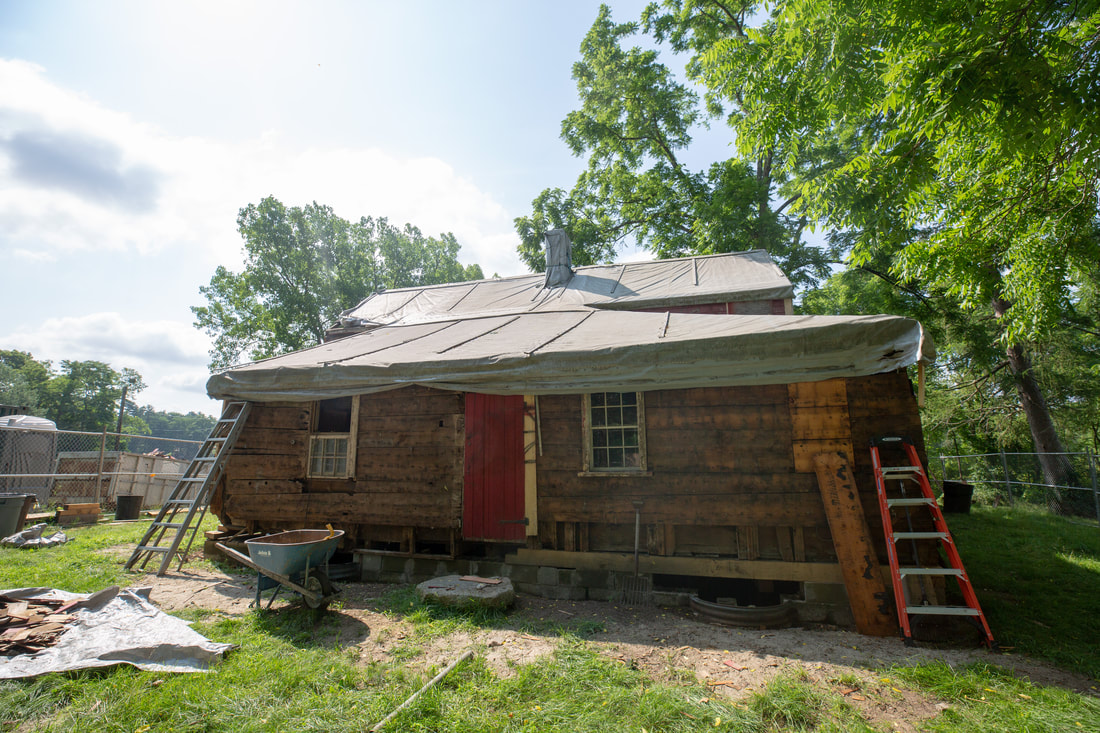
 RSS Feed
RSS Feed